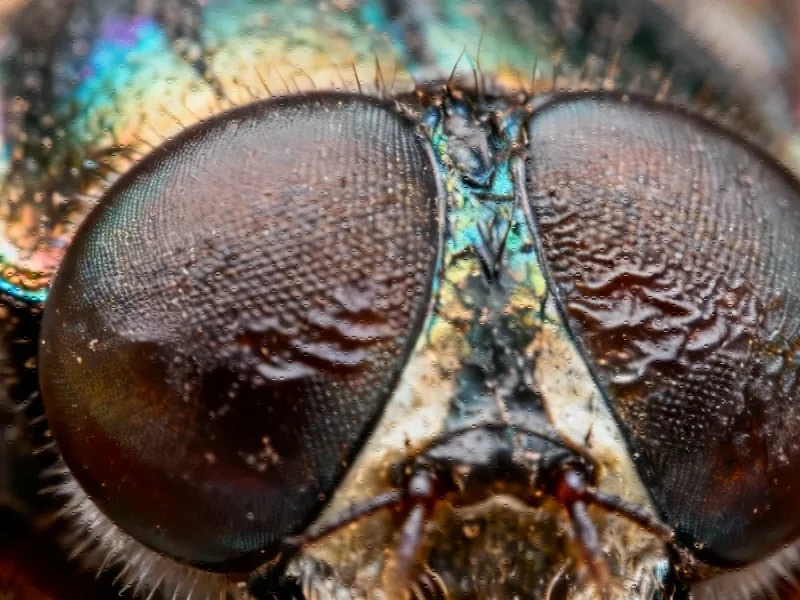Evolutionary Mechanism Unlocks Adaptive Eye Reduction in Beetles Through Stress Response Pathway
Scientists have discovered that reducing HSP90 chaperone activity triggers a previously hidden reduced-eye trait in red flour beetles that becomes adaptive under continuous light conditions. The study identifies atonal as the key gene responsible and demonstrates how environmental stress can reveal evolutionary potential through epigenetic mechanisms.
Evolutionary Capacitor Unlocks Hidden Traits
New research published in Nature Communications reveals how the molecular chaperone HSP90 functions as an evolutionary capacitor, enabling rapid adaptation through the release of previously hidden genetic variation. According to reports, when researchers experimentally reduced HSP90 function in the red flour beetle (Tribolium castaneum), a heritable reduced-eye phenotype emerged that had never been observed before in the wild-type population.

